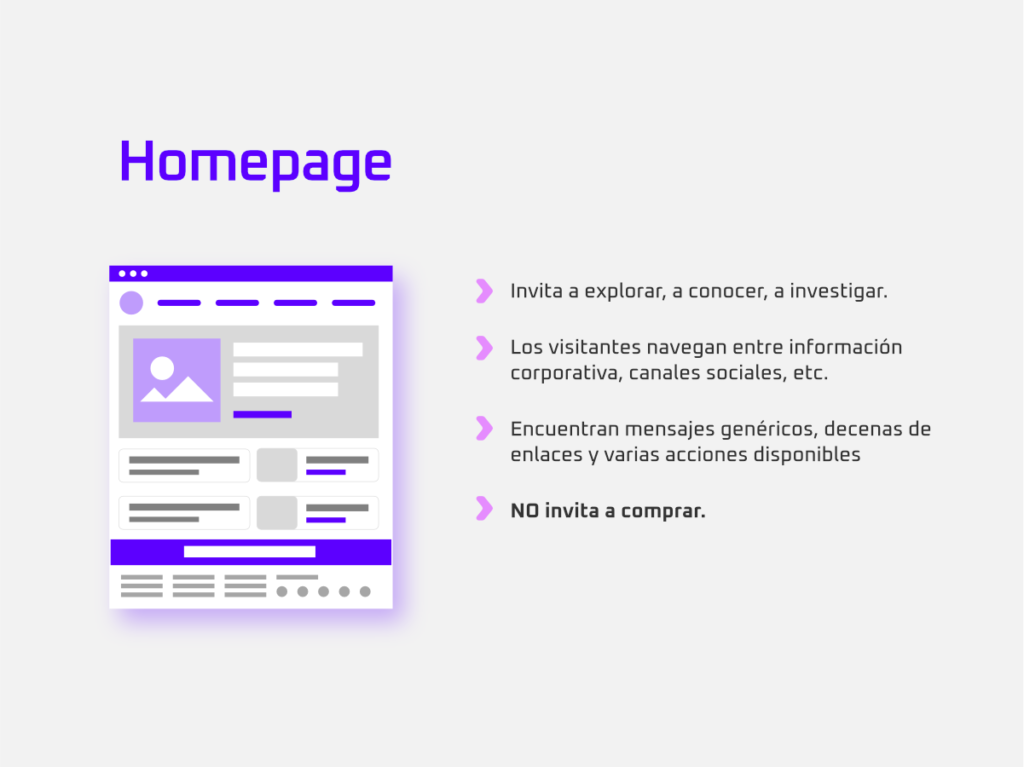"Which is better: a landing page or a full website? 🤔" While both are essential components of a digital strategy, their features, functions, and purposes can differ significantly.
A landing page is specifically designed to attract and convert visitors into potential customers with a focused, distraction-free approach. In contrast, a full website provides a richer, more comprehensive browsing experience, offering detailed information about a company or product.
In this article, we’ll dive into these differences, providing you with a detailed guide to help you choose the best option for your specific needs. 😉
Landing Page
Definition
A landing page is a web page designed specifically to capture the attention of visitors and convert them into leads or customers. It is usually accessed via online ads, marketing emails, or links on social media.
What is the goal of a landing page?
Its primary goal is to maximize conversion rates. This is achieved through focused design and concise content that guides the visitor toward a specific action, such as completing a form or making a purchase.
Features of a Landing Page
- Simplified Structure:
Landing pages have a straightforward structure centered around a single goal or message. They avoid complex navigation elements to keep the visitor’s attention on the call to action.
- Conversion-Oriented Design:
Designed to drive conversions, landing pages use striking headlines, engaging visuals, and persuasive text to motivate visitors to take a specific action.
- Call-to-Action (CTA):
CTAs are essential elements on a landing page. They can include buttons, links, or forms that encourage visitors to perform a specific action, like “Sign Up Now” or “Buy.”
Landing Page Functionalities
- Data Collection Forms:
Landing pages often include forms to collect visitor information, such as names and emails, which are vital for lead generation.
- Special Offers and Promotions:
They are often used for specific promotions, such as discounts or limited-time offers, to encourage immediate action.
- Conversion Tracking and Analysis:
Landing pages are optimized for tracking conversions, helping marketers measure campaign effectiveness and refine strategies.
Landing Page Use Cases
- Digital Marketing Campaigns:
Landing pages are vital in online marketing, providing a dedicated destination for ad campaigns and email marketing.
- Product or Service Launches:
Ideal for introducing new offerings, they present focused information and capture customer interest.
- Lead Generation:
Landing pages are commonly used to capture leads by offering exclusive content, free downloads, webinars, or other incentives in exchange for visitor contact information.

Website
Definition
A website is a complete digital presence consisting of multiple pages and sections, offering a more comprehensive browsing experience. It provides extensive information about a business or organization and serves as a platform for various activities, such as blogging, e-commerce, and more.
What is the goal of a website?
The goal is to provide a holistic digital presence for a business or organization. This includes detailed information, customer communication, and support for various online activities.
Features of a Website
- Comprehensive Navigation:
Websites offer structured navigation with multiple sections and subpages, allowing visitors to explore different areas of the site.
- Multiple Pages and Sections:
Websites include a variety of pages, such as “Home,” “About Us,” “Services,” “Blog,” and “Contact.”
- Diverse Content:
Websites present a mix of content, including text, images, videos, blogs, and case studies, to engage and retain visitors.
Website Functionalities
- Blog and News:
Websites often feature blogs for sharing articles, updates, and news, improving visitor engagement and SEO.
- E-commerce and Online Stores:
Many websites support e-commerce functionalities, enabling visitors to purchase products or services directly.
- Service and Product Pages:
Detailed pages provide comprehensive information about offerings, including features, benefits, and pricing.
Website Use Cases
- Corporate Presence:
A website serves as the official online presence of a business, offering detailed insights into its mission, vision, and team.
- Information Hub:
Websites act as centralized platforms for sharing all relevant information about the company and its offerings.
- Customer Communication Channel:
Websites facilitate client interaction via contact forms, live chats, and email links.

| LANDING PAGE | WEBSITE | |
| Definition | A page designed for specific conversions. | Website with multiple pages and sections. |
| Main Goal | Maximize conversion rates. | Provide a comprehensive digital presence. |
| Structure | Simplified, no full navigation. | Complete navigation with sections and subsections. |
| Content | Focused and concise. | Varied and detailed. |
| CTAs | Key elements like buttons/forms. | Various actions distributed on different pages. |
| Specific Functionalities | Data collection, special offers. | Blogs, virtual stores, product/service pages. |
| Use Cases | Campaigns, launches, lead capture. | Corporate presence, information platform, communication with clients. |
| Advantages | Higher conversion rates, lower cost. | Versatility, better user experience, greater SEO potential. |
| Disadvantages | Functional limitations, short-term impact. | Greater complexity and development cost. |
| Analytics and Tracking | Focus on specific campaign conversions. | Comprehensive analysis of user behavior throughout the site. |
| Development Cost | Typically lower than a full website. | Generally larger than a landing page due to complexity. |
This table summarizes the key differences between landing pages and websites, helping you make an informed decision based on your specific needs.
What did you think of this info? If you found it helpful, follow us on social media for more educational content!
